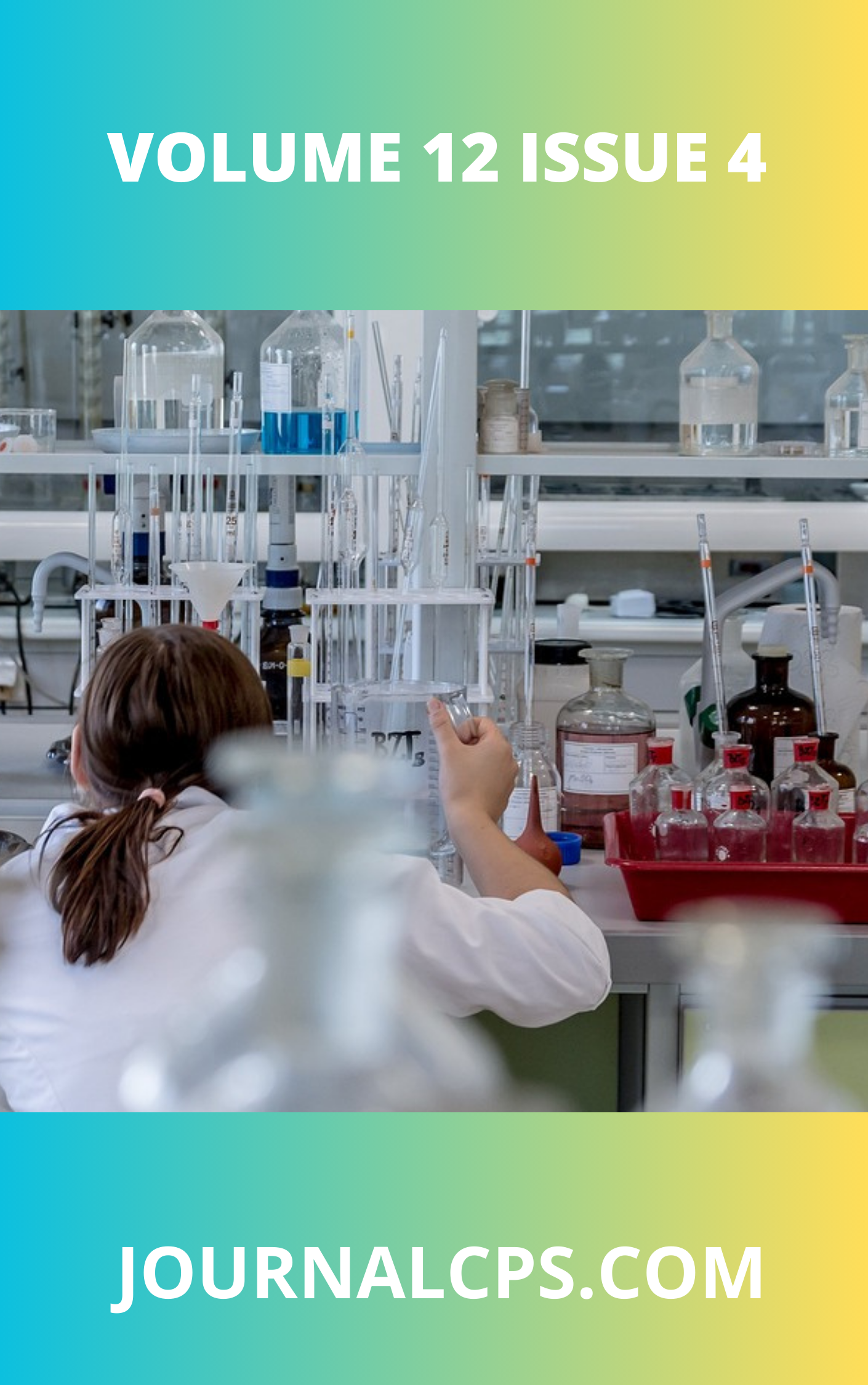Mr.
Keywords:
TiO2, nanoparticles, anatase, Cr (VI) and Pb (II) removal, fertilizer wastewater and Adsorption IsothermAbstract
Titanium dioxide (TiO2) nanoparticles have emerged as promising adsorbents for the removal of heavy metal ions from wastewater due to their high surface area, chemical stability and adsorptive properties. The study evaluated the potential of TiO2 nanoparticles for removing Cr (VI) and Pb (II) from fertilizer wastewater. The TiO2 nanoparticles was synthesized via green method of synthesis with the highest crystallite size of 15.29 nm under the synthesis condition of a stirring time of 60 min. X-Ray Diffraction (XRD), High-Resolution Transmission Electron Microscopy (HRTEM), Dynamic Light Scattering (DLS), and Energy Dispersive X-Ray Spectroscopy (EDX) were used to characterise the synthesised TiO2 nanoparticles. HRTEM and XRD analyses of the TiO2 nanoparticles indicate the formation of spherical shapes and anatase phase crystallite size of 15.29 nm and 12.09 nm for 60 min and 30 min stirring time, respectively. The DLS results show an average particle distribution of 51.54 nm for both stirring time conditions. The EDX revealed the presence of titanium, oxygen and carbon in both stirring times. The synthesized TiO2 nanoparticles was used as an adsorbent for the removal of Cr (VI) and Pb (II) via batch adsorption. The results indicate that Cr (VI) had a higher adsorption removal efficiency of 52.87 % compared to 40.79 % for Pb (II) at a pH of 6.96, contact time of 30 minutes and a temperature of 30 oC. The adsorption isotherm showed that the experimental data fitted best to the Langmuir isotherm as compared to the Freundlich and Dubinin-Radushkevich (D-R) isotherms, demonstrated by higher correlation coefficient values (R2). The research findings suggest that TiO2 nanoparticles can be utilized in fertilizer wastewater treatment.
Downloads
Published
Issue
Section
Similar Articles
- Anduang Ofuo Odiongenyi, Adsorption Efficiency of Scotch Bonnet Shells as a Precursor for Calcium Oxide Nanoparticles and an Adsorbent for the Removal of Amoxicillin from Aqueous Solution , Communication In Physical Sciences: Vol. 9 No. 3 (2023): VOLUME 9 ISSUE 3
- Kantoma, D.,, Green Synthesis of Silver nanoparticlesNanoparticles(AgNPs) using Calotropis procera leaves Leaves extract Extract and it adsorption Adsorption properties Properties for the removal Removal Chromium(III) ion. of Cr3+ from Petroleum Waste Water , Communication In Physical Sciences: Vol. 11 No. 1 (2024): VOLUME 11 ISSUE 1
- Yunusa Habibat, Omoniyi K. Isreal, Stephen Abechi, Aroh A. Oyibo, Owolabi A. Awwal, Imam Naziru, Green Synthesis of Titanium Oxide (TiO2) Nanoparticles Using Phyllanthus Niruri and Assessment of Its Antibacterial Activity in Wastewater Treatment , Communication In Physical Sciences: Vol. 10 No. 1 (2023): VOLUME 10 ISSUE 1
- Nwokem, Calvin Onyedika, Kantoma, Dogara , Zakka Israila Yashim , Zaharaddeen Nasiru Garba, Kinetic and Thermodynamic Studies on Adsorption of Pb2+ and Cr3+ from Petroleum Refinery Wastewater using Linde Type a Zeolite Nanoparticle. , Communication In Physical Sciences: Vol. 10 No. 3 (2023): VOLUME 10 ISSUE 3 (2023-2024)
- Helen O. Chukwuemeka-okorie, Ifeanyi Otukere, Kovo Akpomie, Isotherm, Kinetic and thermodynamic investigation on the biosorptive removal of Pb (II) ion from solution onto biochar prepared from breadfruit seed hull , Communication In Physical Sciences: Vol. 12 No. 3 (2025): VOLUME 12 ISSUE 3
- Ubong Ime Essien, Anduang Odiongenyi, Clement Obadimu, Iniobong Enengedi, Investigation of Snail shells as an Adsorbent and Precursor for the synthesis of Calcium Oxide Nanoparticles for the Removal of Amoxicillin from Aqueous Solution , Communication In Physical Sciences: Vol. 9 No. 4 (2023): VOLUME 9 ISSUE 4
- Comfort M. Ngwu, Okoche K. Amadi, Augustine C. Egwu, Sorption Studies on the Removal of Industrial Dye Aniline Yellow From Aqueous Solution Using Surfactant Modified Iron Filings , Communication In Physical Sciences: Vol. 6 No. 1 (2020): VOLUME 6 ISSUE 1
- Gideon Wyasu, Batch adsorption of Mn2+ and Co3+ from Refinery wastewater using activated carbon from epicarp of Detarium microcarpum and Balanites aegyptiaca shells , Communication In Physical Sciences: Vol. 3 No. 1 (2018): VOLUME 3 ISSUE 1
- Onanuga Omotayo Aina, Titus Morrawa Ryaghan, Bello Musa Opeyemi, Momoh Daniel Clement, Goat Horn Biochar as a Low-Cost Adsorbent for the Removal of Cadmium and Zinc ions in Aqueous Solution , Communication In Physical Sciences: Vol. 10 No. 3 (2023): VOLUME 10 ISSUE 3 (2023-2024)
- Nyeneime W. Akpanudo, Onyeiye Ugomma Chibuzo, Musanga cecropioides Sawdust as an Adsorbent for the Removal of Methylene Blue from Aqueous Solution , Communication In Physical Sciences: Vol. 5 No. 3 (2020): VOLUME 5 ISSUE 3
You may also start an advanced similarity search for this article.




